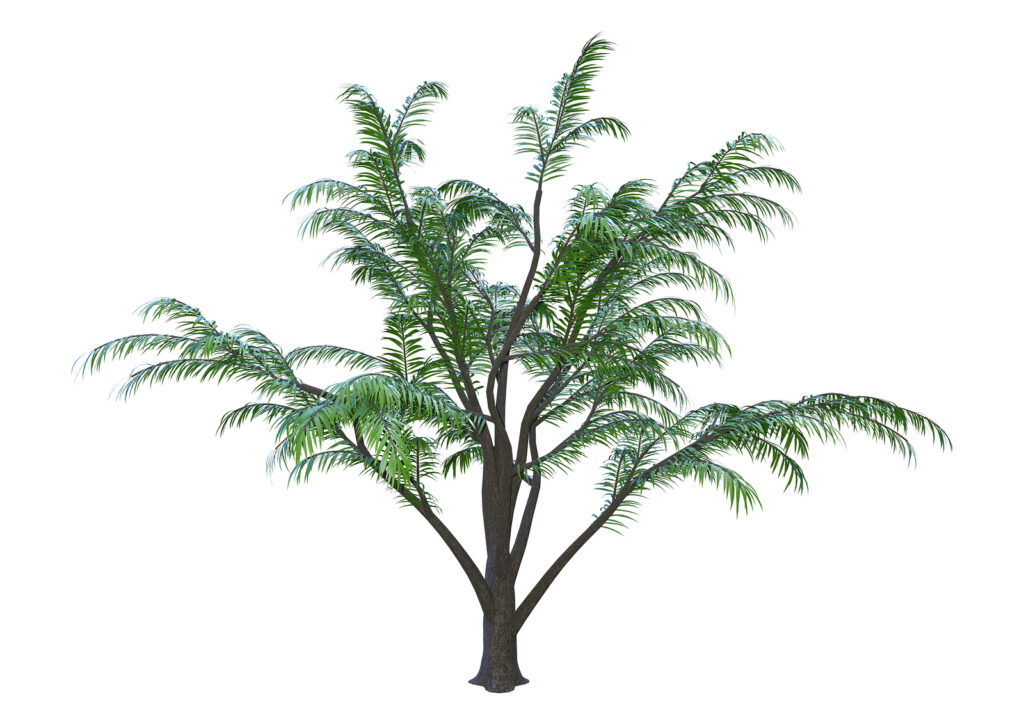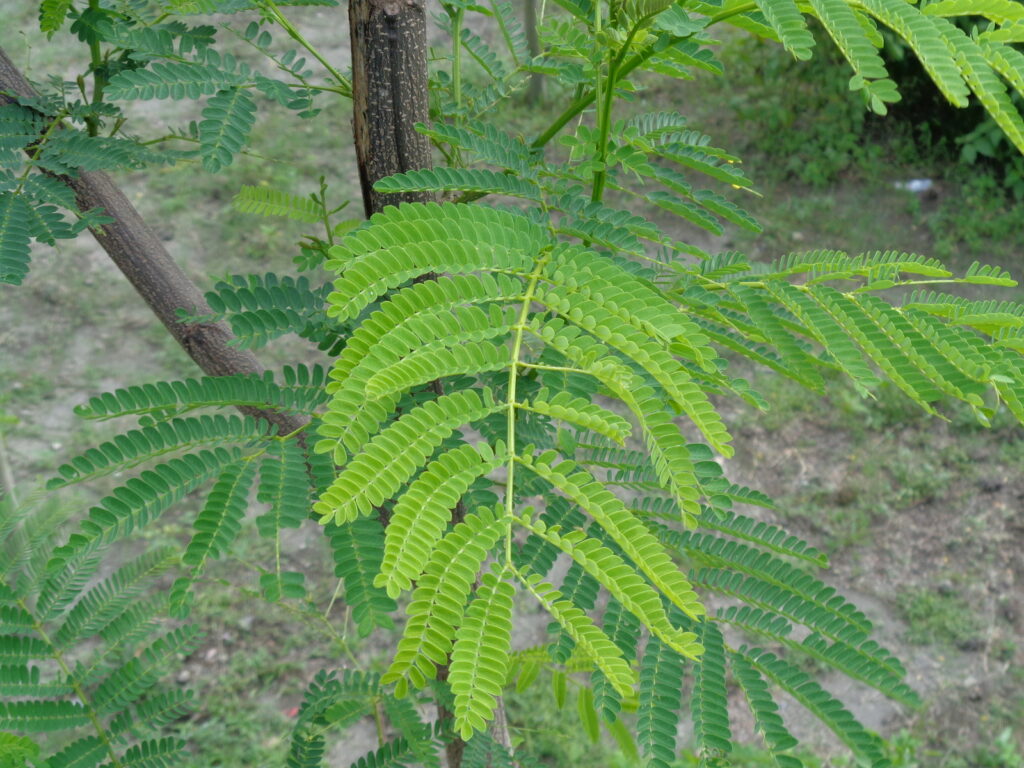Albizia–commonly called silk tree–is a deciduous tree with numerous fluffy pink flowers in midsummer. Albizia has doubly, compound leaves that give it a feathery, ferny, tropical look. Albizia bears clusters of tassel-like flowers followed by strap-shaped dry pods.
Albizia is a group of small deciduous trees or shrubs belonging to the Pea family; they are closely allied to the Acacias. In the eastern United States, Albizia is called “mimosa” which should not be confused with the genus of shrubs and perennials called Mimosa.
Albizia is a genus of about 150 species of trees, shrubs, and climbers. Albizia are native to tropical and subtropical regions; they can be grown outdoors only in warm winter regions.
Get to know Albizia
- Plant type: Tree
- Growing Zones and range: Zones 7-10
- Hardiness: Tender
- Height and spread: 40 feet (12m) tall and wide
- Foliage: Large feathered compound leaves, 10 to 26 leaflets per leaf; leaves close during darkness and reopen in light.
- Flowers: Pink flowers with numerous prominent stamens borne in dense, terminal clusters
- Bloom time: Midsummer
- Uses: Specimen tree, shade tree for small garden, houseplant
- Common name: Silk tree
- Botanical name: Albizia julibrissin
- Family; Facaceae
- Origin: Subtropical Africa, Asia, Australia
Where to plant Albizia
- Grow Albizia in full sun; plant thrives in warm situations.
- Albizia grows best in poor, dry soil; widely tolerant of different pH conditions.

When to plant Albizia
- Plant Albizia in winter or spring.
Planting and spacing Albizia
- Space Albizia with mature size in mind.
How to water and feed Albizia
- Albizia does best with deep watering; withstands dry conditions. Give Albizia extra watering for the first year or two.
Albizia care
- Prune Albizia for shape; no other pruning is needed.

Albizia common problems
- In warm climates Albizia can suffer mimosa wilt, soil fungus. Choose resistant cultivars and avoid wet, poorly drained soil.
- Webworms can bind leaves together with webs and skeletonize foliage.
Albizia propagation
- Albizia is easily raised from seed. Sow scarified Albizia seed in spring. Scarify seed by rubbing the seed coat lightly with sandpaper.
- Take Albizia cutting in winter.
Albizia varieties to grow
- Albizia distachya, plume Albizia. Semievergreen; fast-growing to 20 feet tall; dark velvety green leaves; flowers are greenish yellow in fluffy spikes.
- A. julibrissin, silk tree. Rapid growth fo 40 feet tall and wider; can be headed back to 10 feet; light-sensitive leave fold at night; fluffy pink flowers like pincushions. Cultivars include: ‘Charlotte’ and ‘Tryon’ are wilt-resistant; ‘Ernest Wilson’ is hardier than other species; ‘Rosea’ has richer pink flowers.















